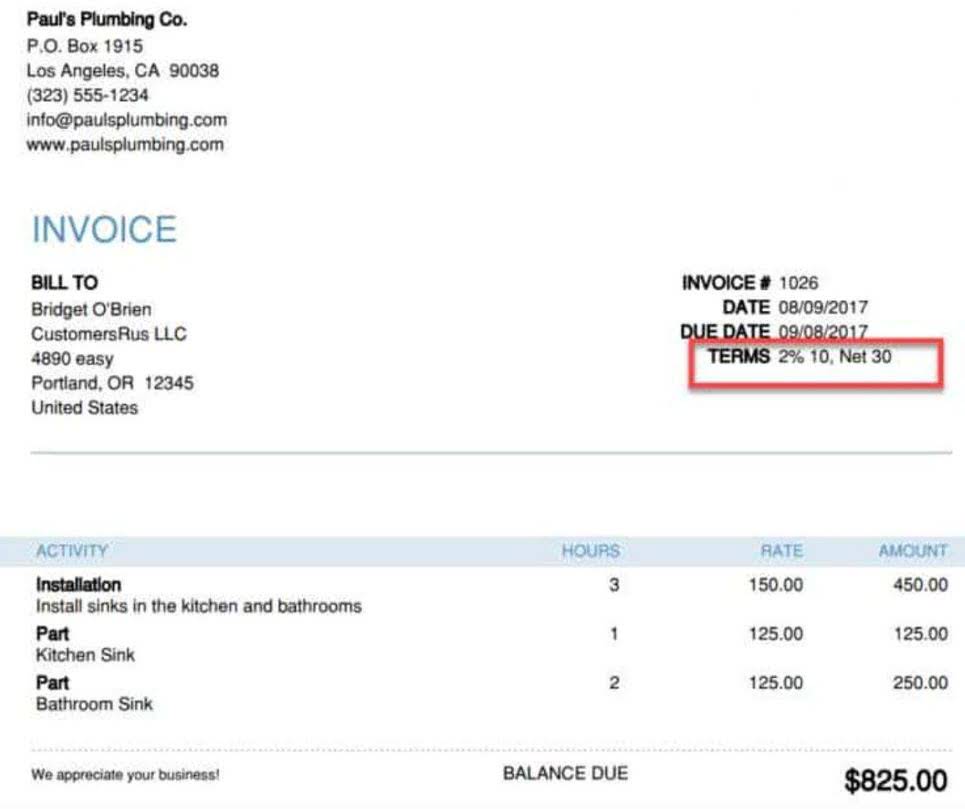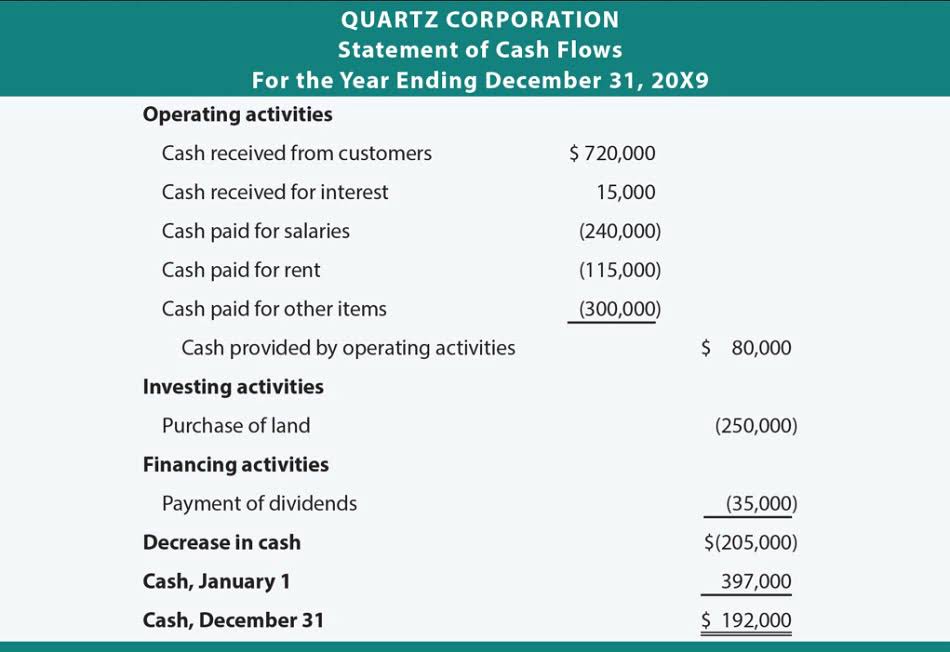
Automated systems also offer robust error-checking mechanisms, flagging discrepancies and potential issues for review. This proactive approach to error detection not only improves the accuracy of financial records but also ensures compliance with accounting standards and regulations. By leveraging automation, businesses can focus more on strategic financial planning and less on the minutiae of manual data entry. The general ledger is the primary ledger in accounting, encompassing all the individual accounts that summarize the financial transactions of a business. Each account within the general ledger represents a specific aspect of the business, such as assets, liabilities, Accounting Periods and Methods equity, revenues, and expenses. This detailed categorization allows for precise tracking and analysis of financial performance.

How to Analyze Accounting Transactions, Part One
At the end of every accounting period, some transactions are missed from the records. The recording of such transactions in the books of accounts is known as adjusting entries. Such entries are usually made to https://www.bookstime.com/ adjust the income and expense accounts. Summarizing refers to the preparation of a trial balance from the debit and credit balances of the ledger accounts. In the monthly closing, adjustments and entries are posted to the ledger.
What is Posting in Accounting? Ensuring Accurate Ledgers
Let’s say a company has $3,000 worth of rent expenses per month that needs to be posted for the annual general ledger. A subsidiary ledger would contain details of the rent expenses, including a line item per month debited in “Rent” and credited in “Accounts Payable”. If posting accidentally does not occur as part of the closing process, the totals in the general ledger will not be accurate, nor will the financial statements that are compiled from the general ledger. Credits increase balance sheet liability accounts, shareholders’ equity accounts and sales accounts. Credits decrease balance sheet asset accounts and expense accounts. The posting of opening entries is according to the balance of their accounts.
Rules of Posting
- They provide a structured way to organize financial data, ensuring that every transaction is accurately reflected in the company’s financial statements.
- The posting varies as per the size of the organization and the volume of transactions.
- This system also simplifies the process of reconciling accounts, as any discrepancies can be quickly identified and corrected.
- When a Journal Entry is made to record a transaction, that Journal Entry is then entered (posted) in the accounts being impacted.
Modifications for accrual accounting versus cash accounting are often one major concern. Financial statements are prepared at the end of each accounting period to understand the earnings and financial position of the business concern. A posting is normally carried out following the preparation of a journal entry from the underlying transaction information, and is step three in the accounting cycle. When all entries are posted from the journal to the ledger, you get the desired information. Therefore, the journal is the original book of entry while the ledger is the final book of entry because it gives us the final position of accounts.
Consequently, a good way to determine the age of a proposed accounting system is to ask the vendor if posting in accounting it still uses posting. Debit and credit balances are to be entered into the general ledger as per the balance in the account. The debit balance increases the asset, whereas the credit balance increases the liability in the accounts.


This allows you to always know how much Cash is in the account and what your Revenue is for the month so far. The Journal Entries are entered line by line into the Ledger and the balances are updated after each transaction. Take self-paced courses to master the fundamentals of finance and connect with like-minded individuals. Someone on our team will connect you with a financial professional in our network holding the correct designation and expertise. Our mission is to empower readers with the most factual and reliable financial information possible to help them make informed decisions for their individual needs.
Journalizing
The debit part comes first, i.e., at the left-hand side and the credit part comes later which is at the right-hand side. For CPAs and finance experts, closing the accounting cycle is essential. For example, MicroTrain saw a 57.73% rise in Service Revenue and a 53.55% drop in Salaries Expense.
Effective reconciliation requires workers who are as skilled as those they’re stepping in for or supporting. Thomas Richard Suozzi (born August 31, 1962) is an accomplished U.S. politician and certified public accountant with extensive experience in public service and financial management. He is known for his pragmatic approach to fiscal policy and governance.

The recording of debits or credits is the next step in the posting process. When we studied about real accounts, you understood that there are some accounts that do not vanish after the accounting period ends. The balances of assets and liabilities are carried forward to the next accounting year. But where more than two accounts are involved in one single transaction and there is only one journal entry made, it is said to be a compound entry.

0 Comment